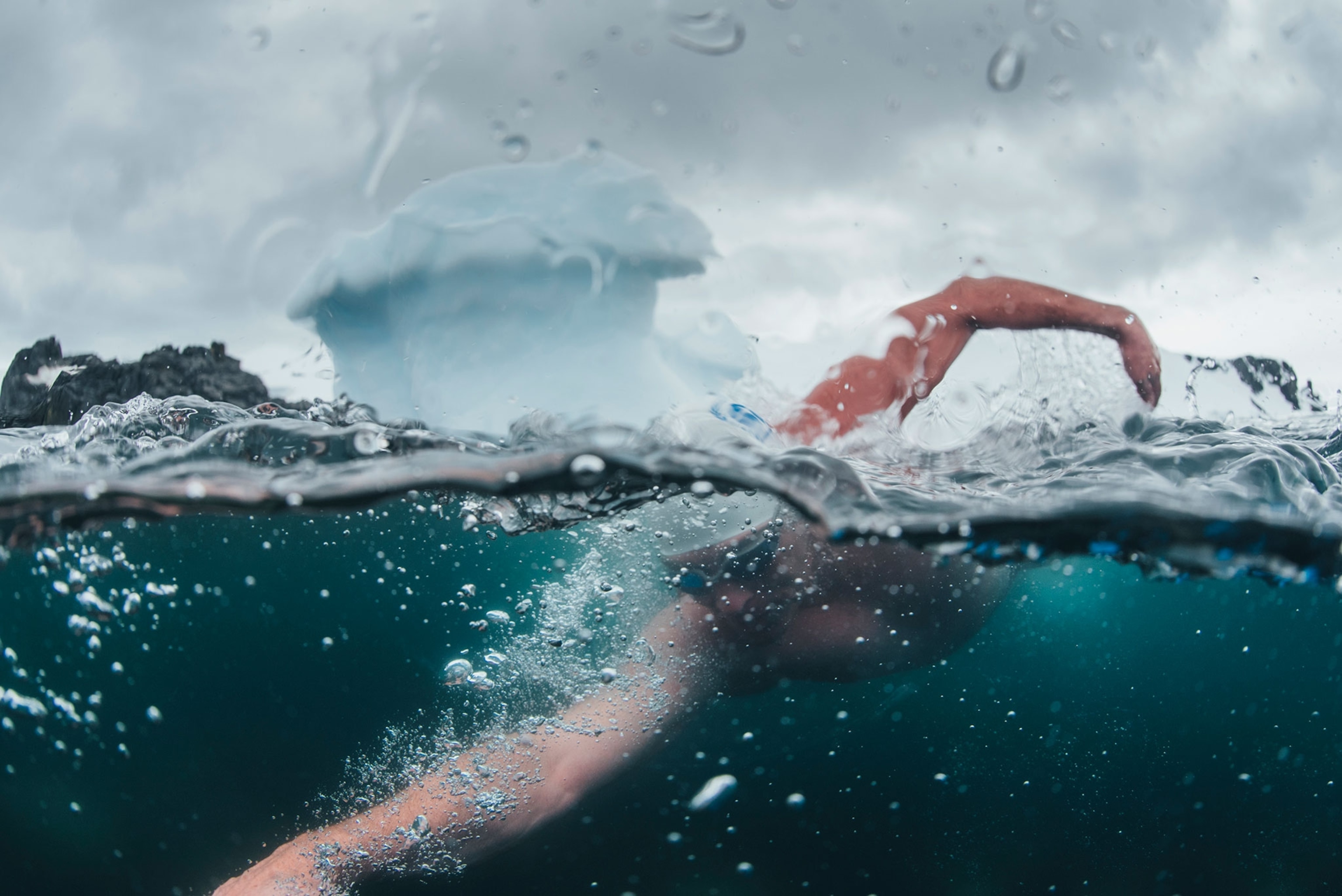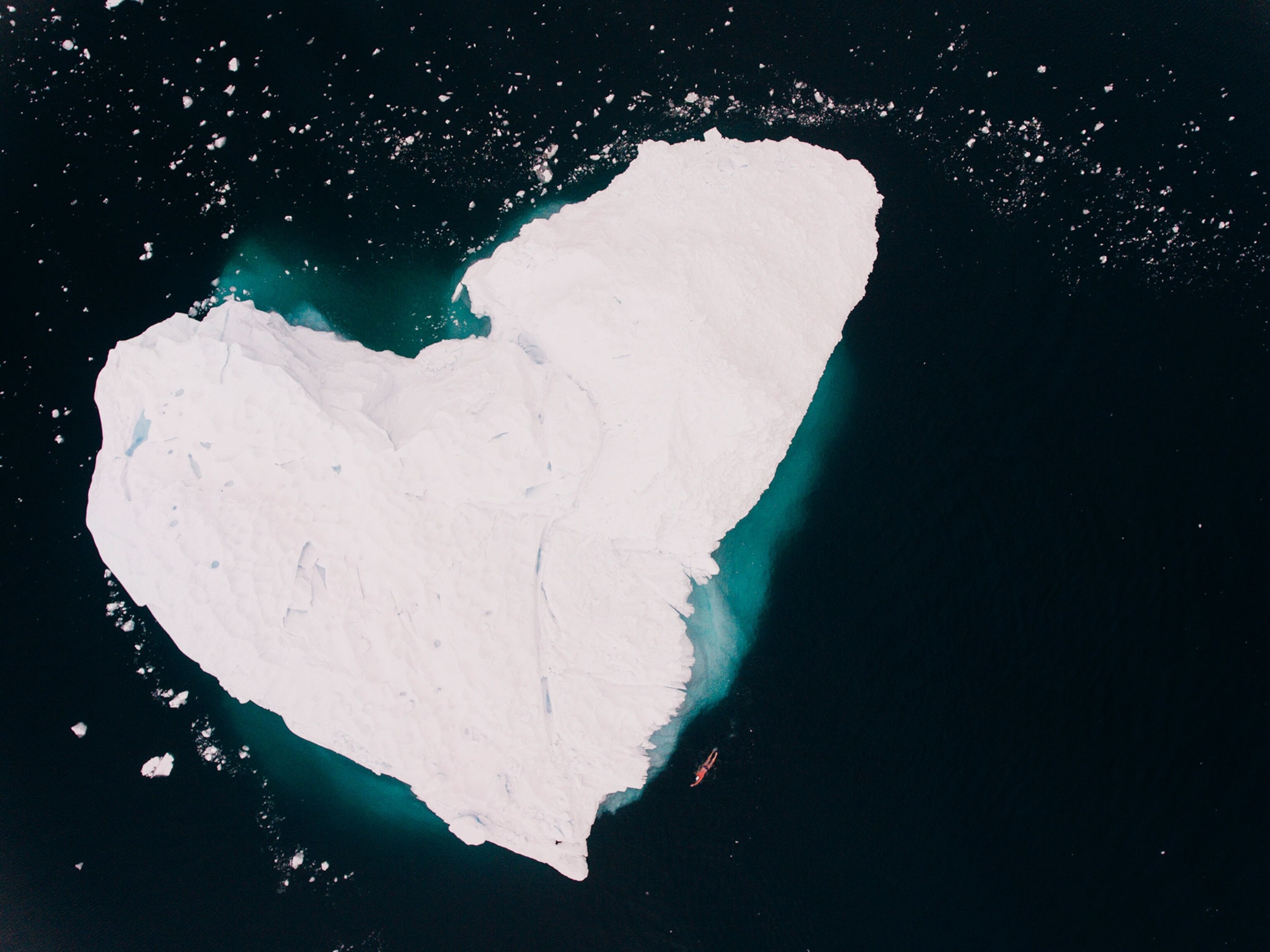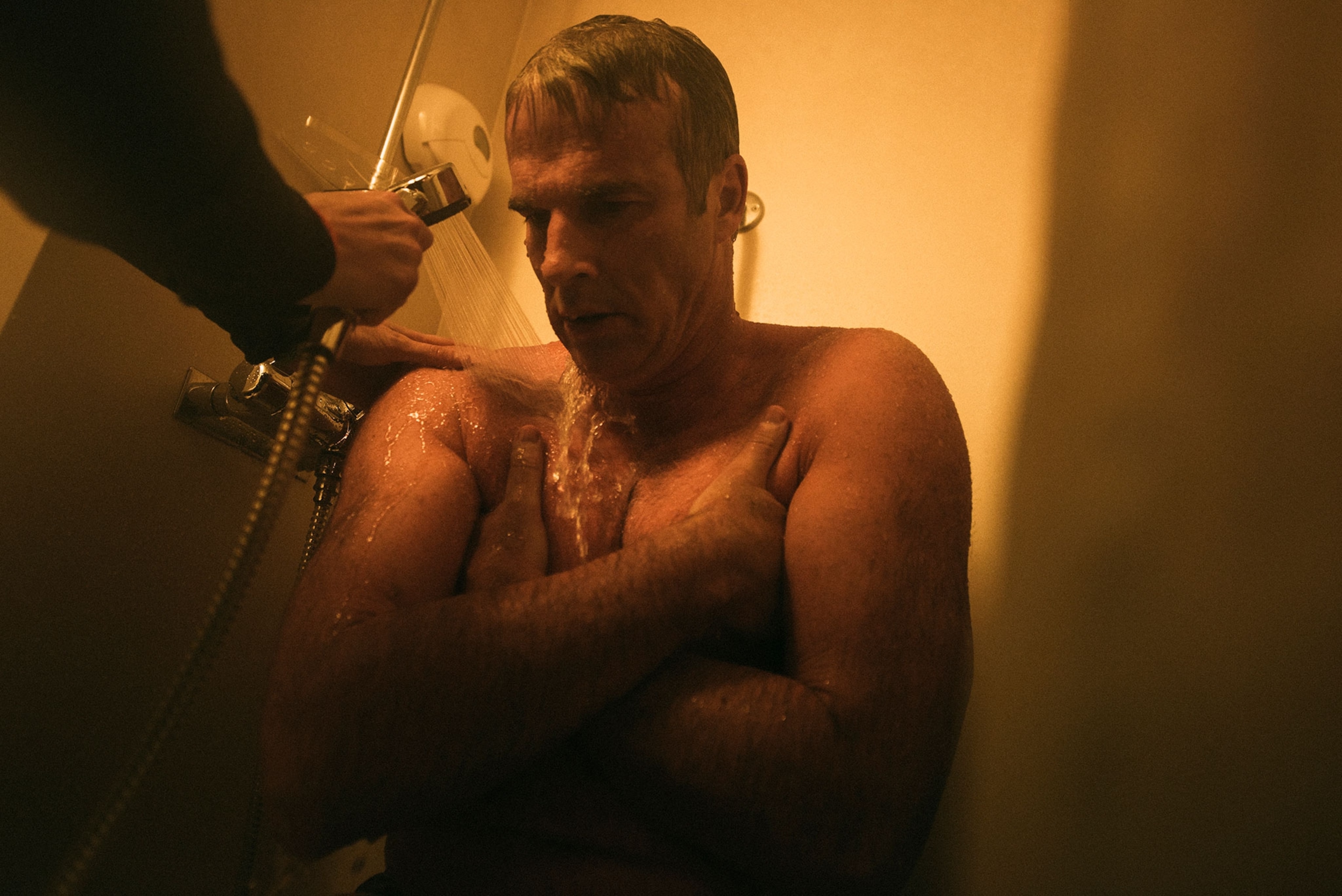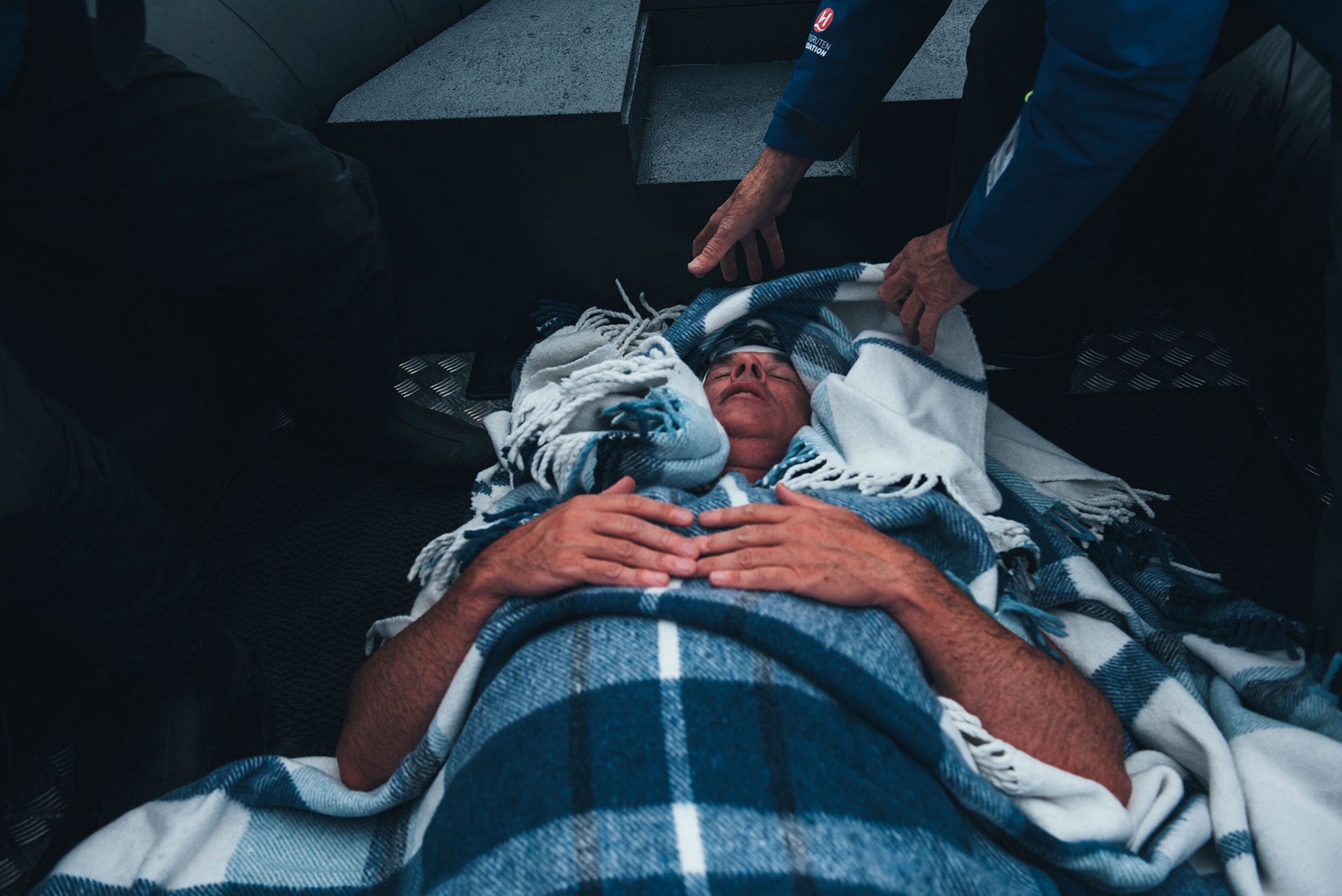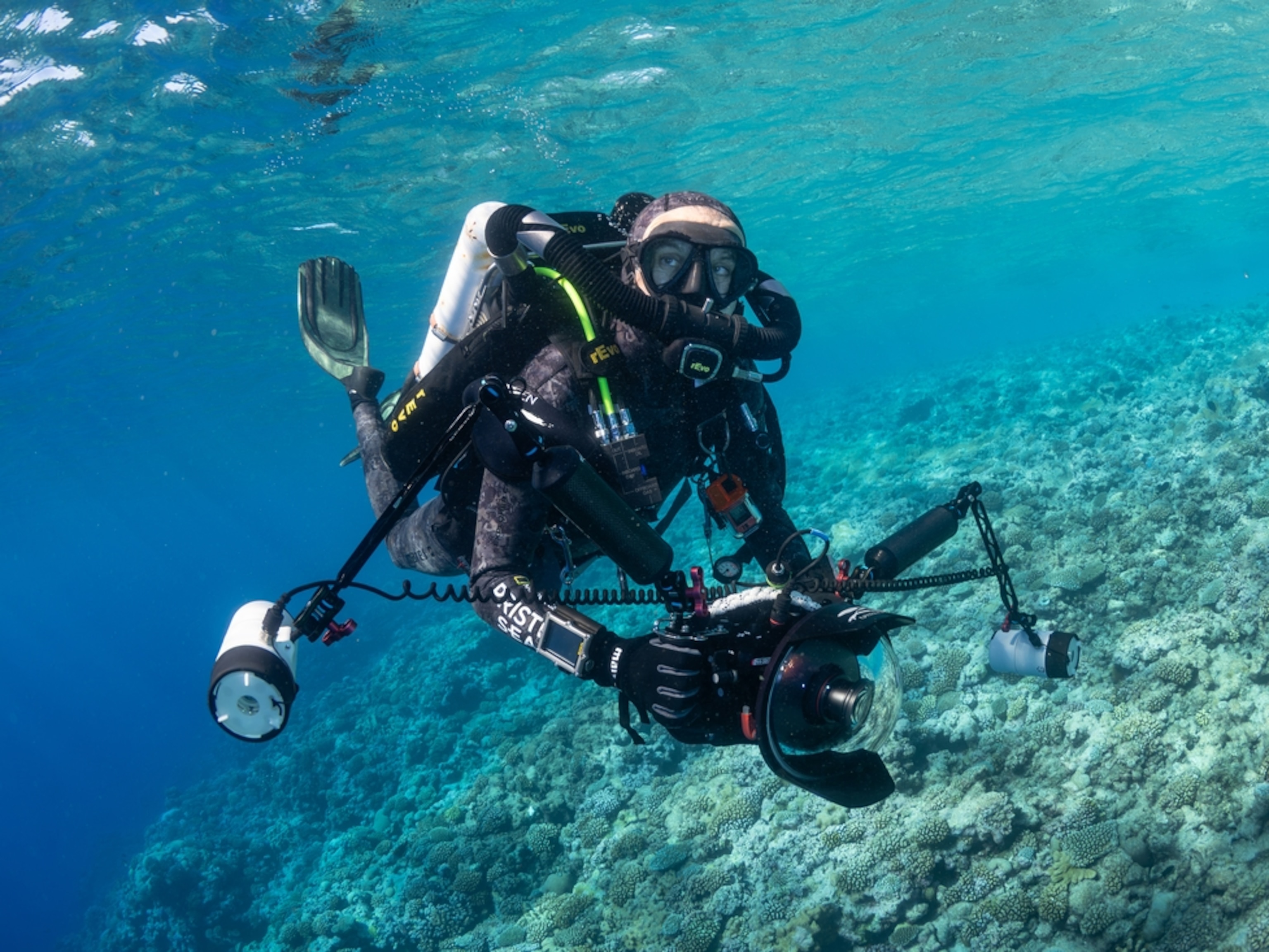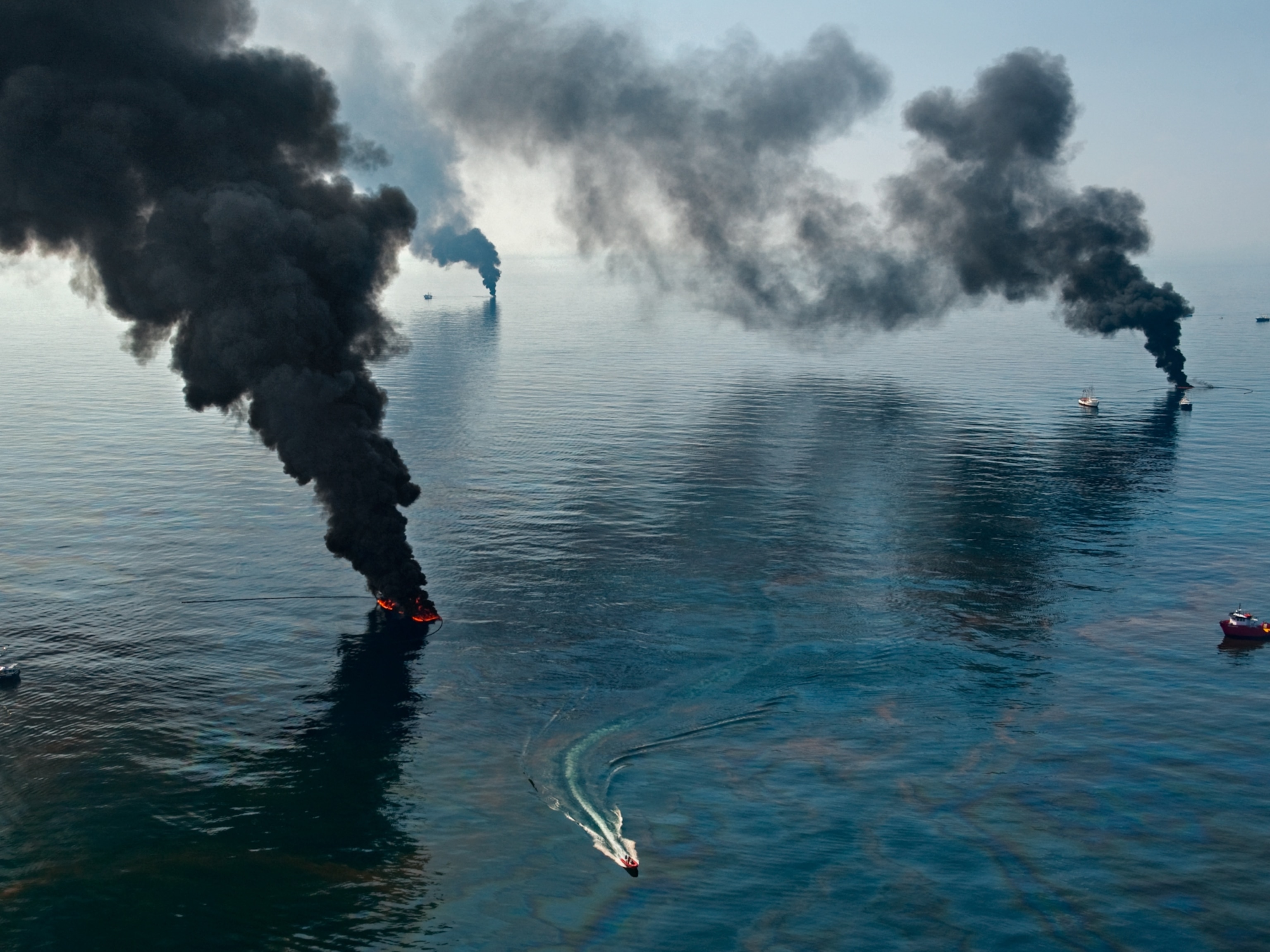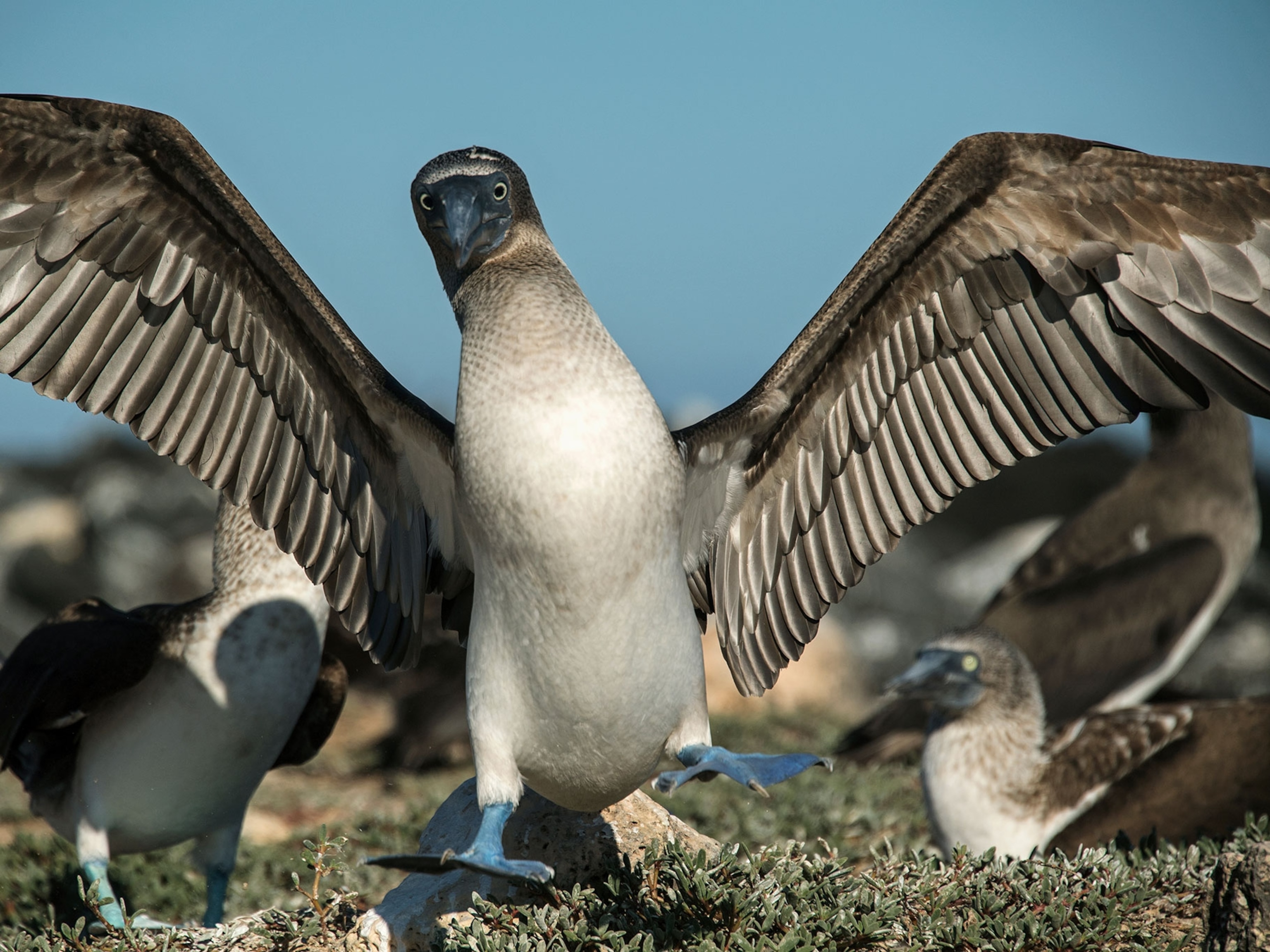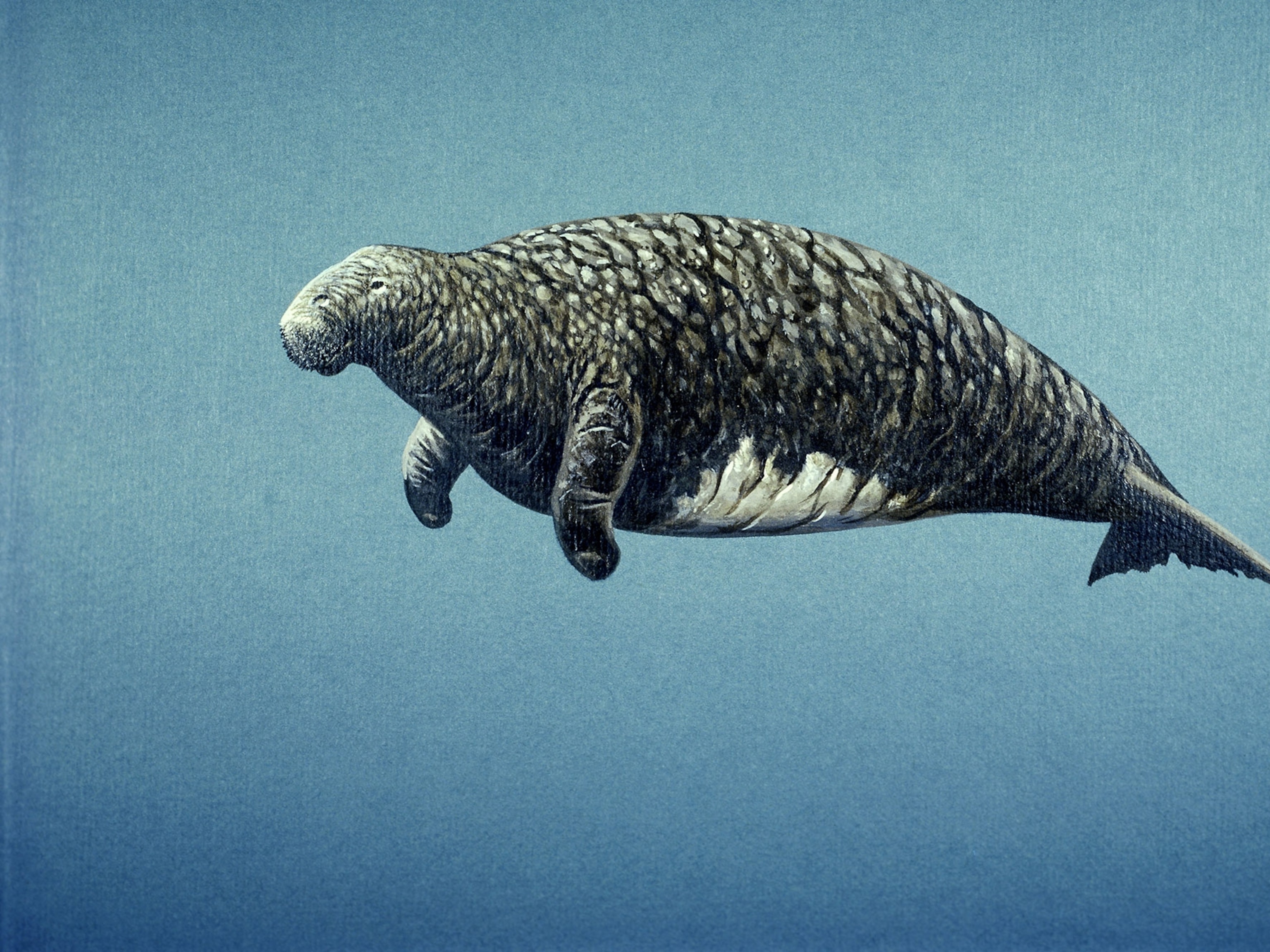This Extreme Swimmer Fights for Antarctica’s Oceans—in a Speedo
Lewis Pugh campaigns to save primal seas, rich in marine life, that are threatened by human activity.
Long-distance swimmer Lewis Pugh, a past National Geographic Adventurer of the Year, has donned his Speedo and dived into the world’s iconic waters—from the icy North Pole to a Himalayan glacial lake to the ancient Red Sea, thick with coral and tropical fish. Now the 47-year-old adventurer is taking dips off the coast of Antarctica, hoping to draw attention to a new campaign to establish three marine protected areas (MPAs) by 2020, the year marking the 200th anniversary of the discovery of the southernmost continent.
Last week, Pugh swam a one-kilometer route in the Bellingshausen Sea, an area of the Southern Ocean named for the Russian explorer who sighted the frozen land in 1820. It took Pugh 17 minutes and 30 seconds, “but it felt like 17 days,” he admits. “Anyone who says they enjoy swimming in cold water has never really done it.”
But Pugh says his extreme swimming is a valuable tool to raise awareness of the need to protect the biologically rich waters of Antarctica. “They’re a true garden of Eden,” Pugh says, describing swims where he’s seen humpback whales, albatrosses, Gentoo, chinstrap, and emperor penguins; and Weddell, crabeater, and leopard seals. Despite their remoteness, these seas face tremendous pressure from climate change, overfishing, and pollution, he says.
The first MPA in Antarctica was designated just this year: It now protects a 598,000-square-mile area of the Ross Sea—roughly twice the size of Texas. Pugh is now working with Pristine Seas, a National Geographic Society-sponsored effort to identify and protect wild oceans, to designate three more MPAs within the next three years. (In comparison, the Ross Sea MPA took 17 years.) The additional MPAs will bring the total protected area in Antarctica to approximately 4,345,000 square miles.
Achieving that won’t be simple. Pugh, a maritime lawyer, will travel among the European Union and 24 member nations of the Commission for the Conservation of Antarctic Marine Living Resources (CCAMLR), which are responsible for establishing MPAs. He has to lobby heads of state—who are increasingly occupied with other international affairs—to support the 2020 campaign, which Pugh says is already backed by many scientists, environmental leaders, and Nobel laureates. Crucially, Pugh must get the member countries to agree with each other on measures to protect the Southern Ocean.
He notes that 12 nations set aside Antarctica for peace and science in 1959, and he hopes that the 2020 campaign can be used as a similar bridge for peace. “It’s the most ambitious protection campaign in history,” he says. “But I’m confident we will get the MPAs designated within the three-year period.”
“This is an issue of justice between generations—we must protect Antarctica for our children and grandchildren,” Pugh adds. “It’s also a matter of justice between species. These emperor penguins, whales, and albatrosses have been living here for thousands upon thousands of years. We have no right to destroy their world and push these species to extinction. If we don’t protect this part of the world, it will be gone forever.”
- National Geographic Expeditions

